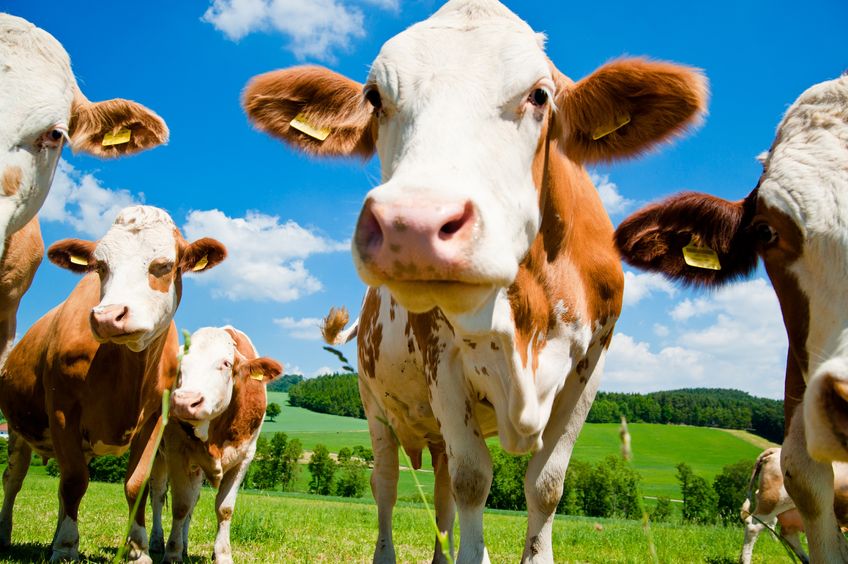
Farmers have been urged to prepare for tougher controls on ammonia emissions by taking advantage of any grant opportunities as they arise.
The government has recently published a new Code of Good Agricultural Practice (COGAP) for Reducing Ammonia, which sets out the steps it wants farmers to take to reduce ammonia emissions and help improve air quality.
Most emissions of ammonia come from agriculture, in the form of a gas produced by slurry or other rotting farm waste and fertiliser.
According to Strutt & Parker, the Code is of "major significance" as the government’s draft Clean Air Strategy highlights that agriculture is responsible for up to 88% of the UK emissions of ammonia gas.
The government has already committed to reducing ammonia emissions by 8% in 2020 and 16% in 2030, compared to 2005 levels.
And while the code is only a guidance document at present, there is potential for some of the recommendations to be made mandatory.
'Polluter pays'
“The challenge for the farming industry is that meeting the guidelines will involve capital investment, which will have an impact on both owner occupiers and the let sector," Tom Brierley, associate director in the Oxford office of Strutt & Parker said.
"If some of these guidelines are to become legal requirements, landlords with Agricultural Holdings Act (AHA) tenants are likely to find themselves served with Section 11 notices asking for the provision of fixed equipment necessary to comply with statutory requirements."
He said farm businesses will need to weigh up the practicalities of what they being asked to do, along with the impact on productivity.
"However, given the government is already signalling that it is keen to adopt more of a ‘polluter pays’ approach in future, it does makes sense for farmers and landlords to start preparing for the possibility of tougher controls," Mr Brierly said.
“Part of the solution to the investment challenge is to take advantage of any grant incentives before we get to the point where the carrot turns into a stick.
“We already know that the government is planning another round of the Countryside Productivity Small Grants Scheme later this autumn.
"Assuming the terms of the scheme remain the same, this will give farm businesses the opportunity to bid for grants of between £3,000 and £12,000 which can be used to help pay for low-emission spreading equipment,” he added.
The Code
The Code of Good Agricultural Practice (COGAP) for Reducing Ammonia Emissions covers topics such as using a nutrient management plan to calculate fertiliser and manure application rates, along with the best storage and application techniques to reduce emissions.
For example, the Code calls for the use of slurry store covers to reduce rainwater entry into stores and cut the level of emissions.
It also suggests farmers should keep the surface area of any solid muck heaps as small as possible and cover the top with plastic sheeting to reduce the movement of wind across the pile.
These recommendations tie in with a proposal included in the draft Clean Air Strategy that all slurry and digestate stores, and manure heaps will need to be covered by 2027.
The Code says that when it comes to application methods, equipment that injects slurry or digestate straight into the soil, rather than broadcasting it, could reduce ammonia emissions by up to 90%.
